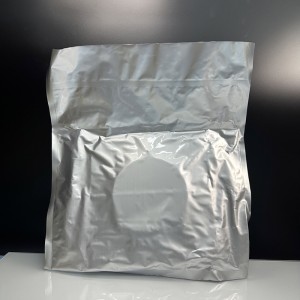4H-N 8 inch SiC substrate wafer Silicon Carbide Dummy Research grade 500um thickness
How Do You Choose Silicon Carbide Wafers & SiC Substrates?
When choosing silicon carbide (SiC) wafers and substrates, there are several factors to consider. Here are some important criteria:
Material Type: Determine the type of SiC material that suits your application, such as 4H-SiC or 6H-SiC. The most commonly used crystal structure is 4H-SiC.
Doping Type: Decide whether you need a doped or undoped SiC substrate. Common doping types are N-type (n-doped) or P-type (p-doped), depending on your specific requirements.
Crystal Quality: Assess the crystal quality of the SiC wafers or substrates. The desired quality is determined by parameters such as the number of defects, crystallographic orientation, and surface roughness.
Wafer Diameter: Choose the appropriate wafer size based on your application. Common sizes include 2 inches, 3 inches, 4 inches, and 6 inches. The larger the diameter, the more yield you can obtain per wafer.
Thickness: Consider the desired thickness of the SiC wafers or substrates. Typical thickness options range from a few micrometers to several hundred micrometers.
Orientation: Determine the crystallographic orientation that aligns with your application's requirements. Common orientations include (0001) for 4H-SiC and (0001) or (0001̅) for 6H-SiC.
Surface Finish: Evaluate the surface finish of the SiC wafers or substrates. The surface should be smooth, polished, and free from scratches or contaminants.
Supplier Reputation: Choose a reputable supplier with extensive experience in producing high-quality SiC wafers and substrates. Consider factors such as manufacturing capabilities, quality control, and customer reviews.
Cost: Consider the cost implications, including the price per wafer or substrate and any additional customization expenses.
It is important to carefully assess these factors and consult with industry experts or suppliers to ensure that the chosen SiC wafers and substrates meet your specific application requirements.



